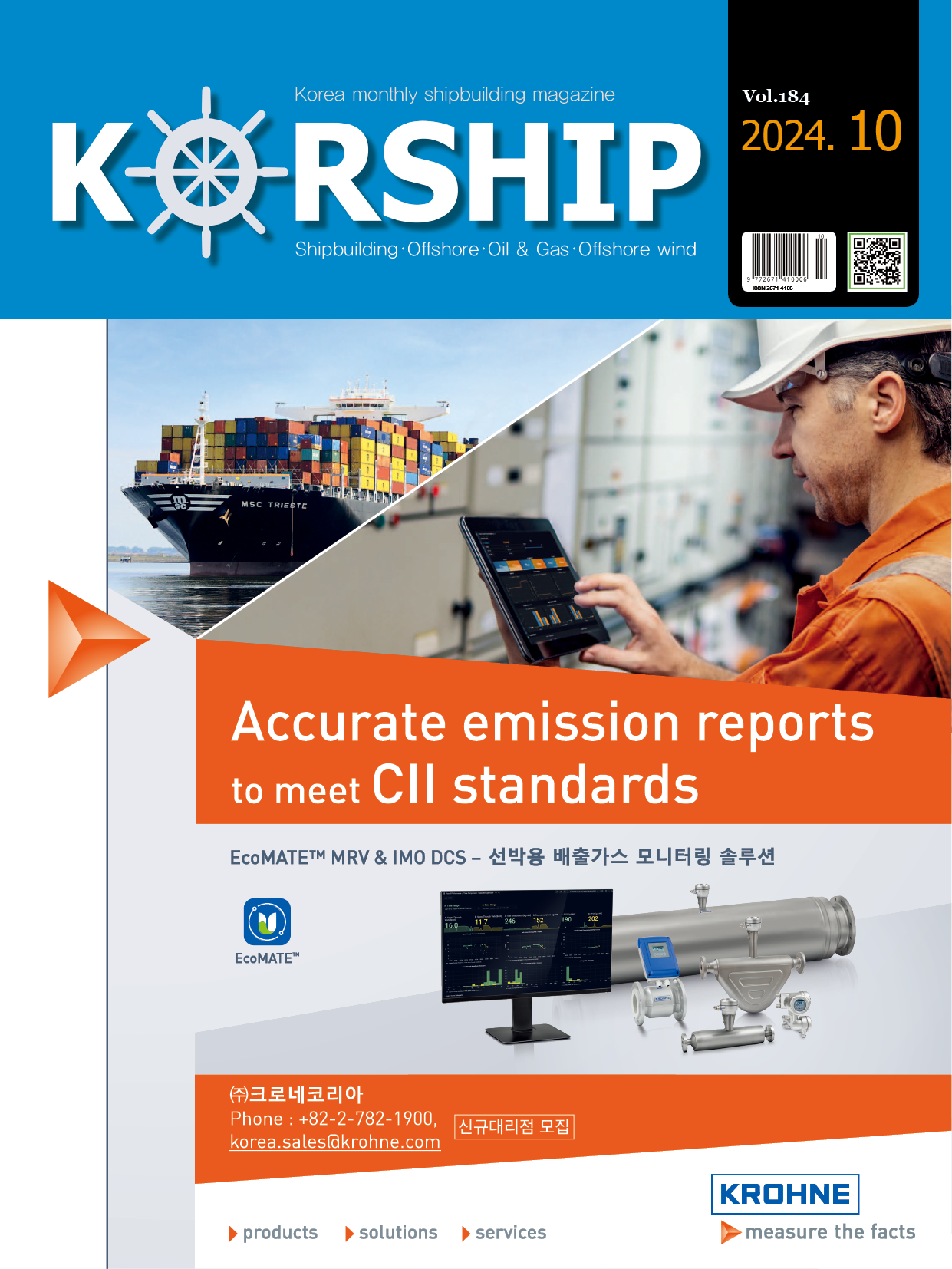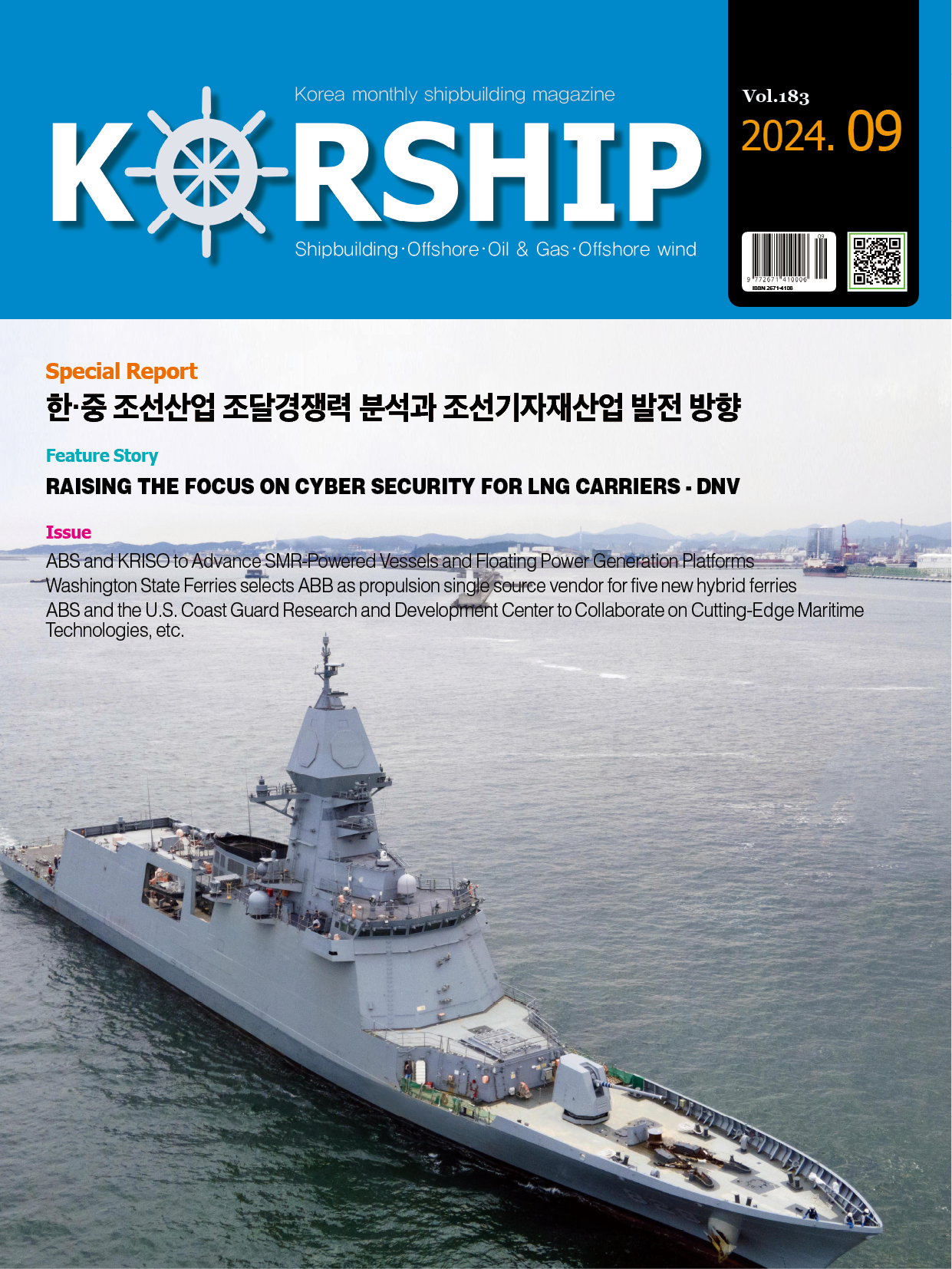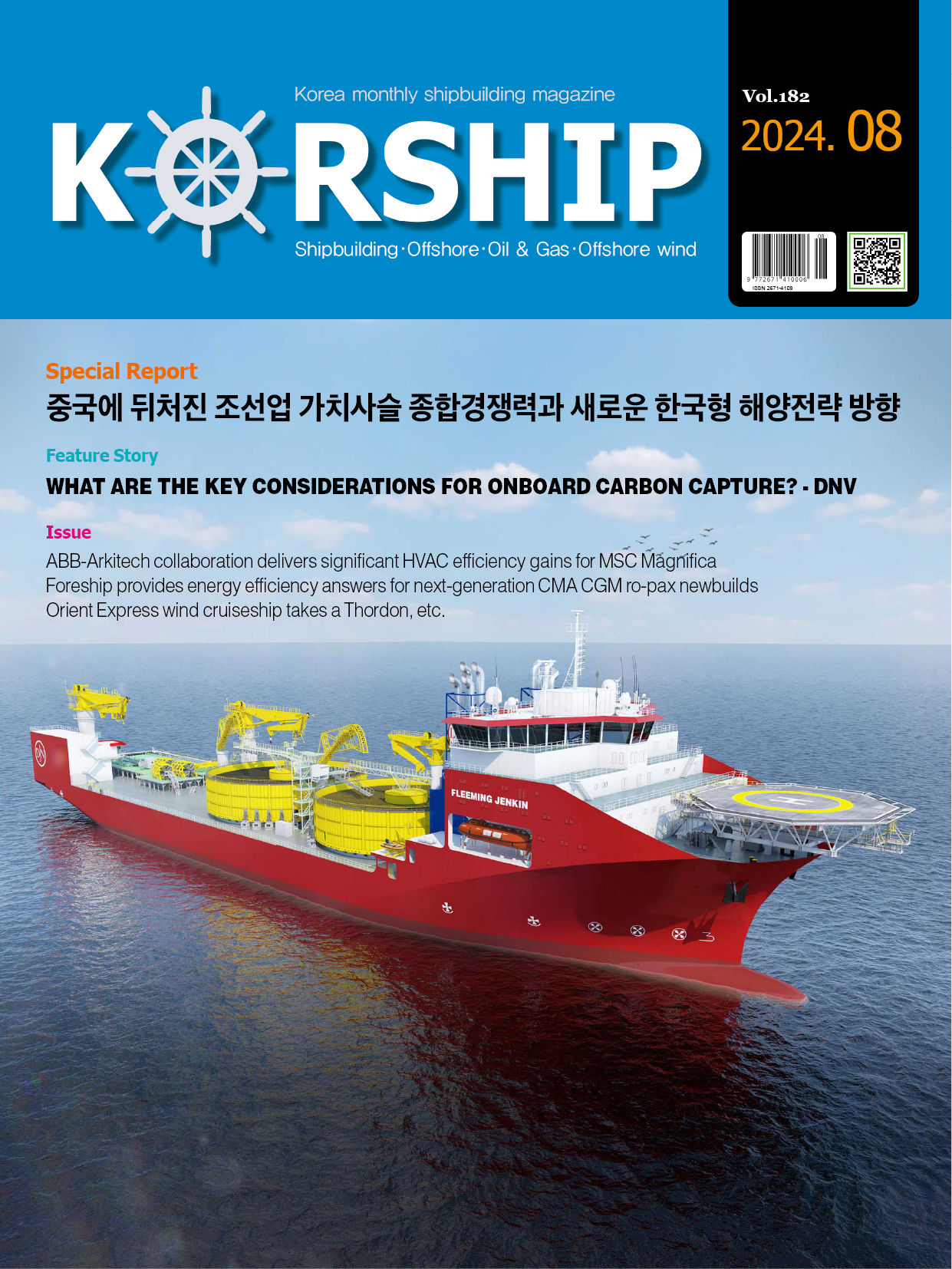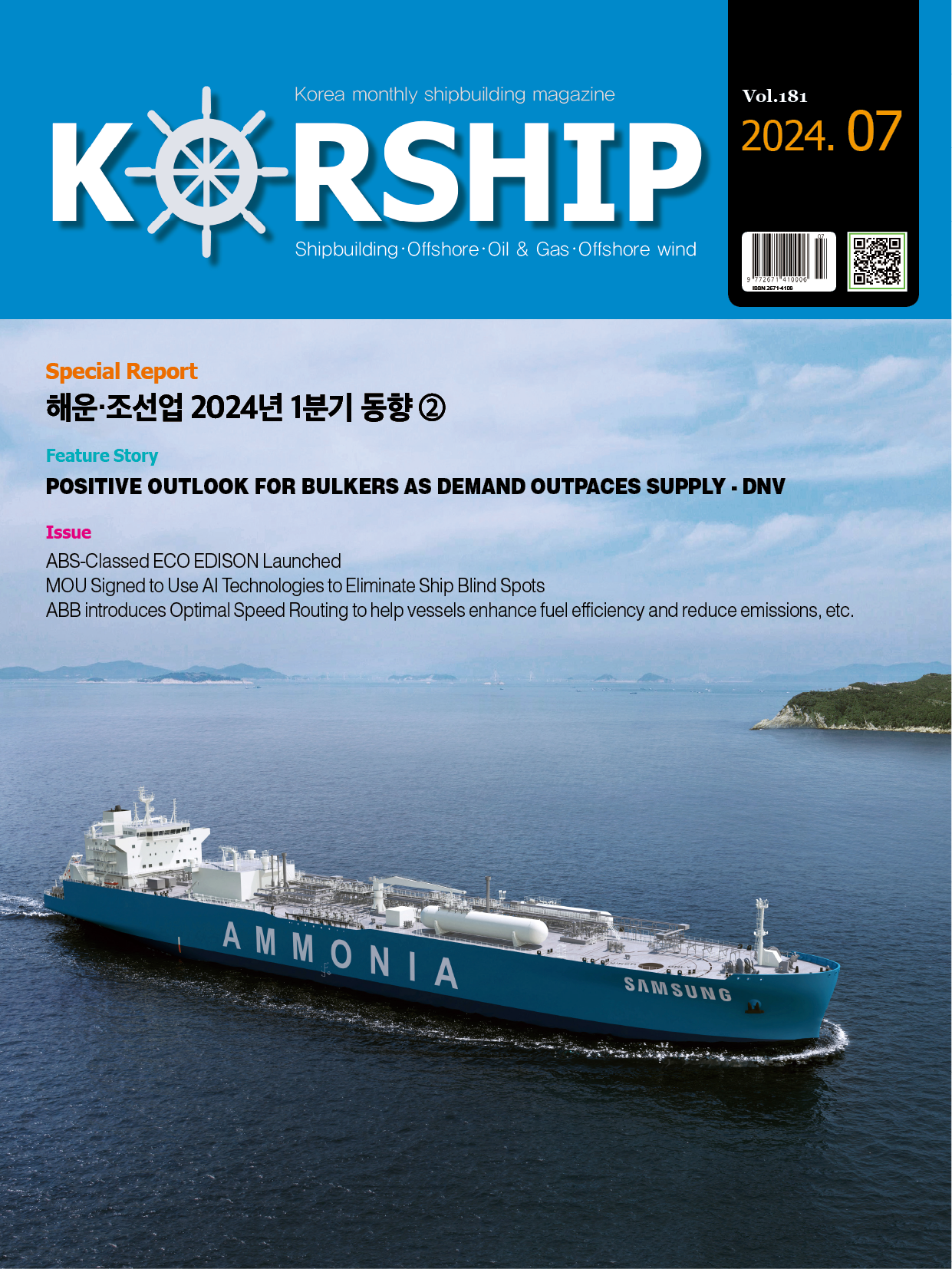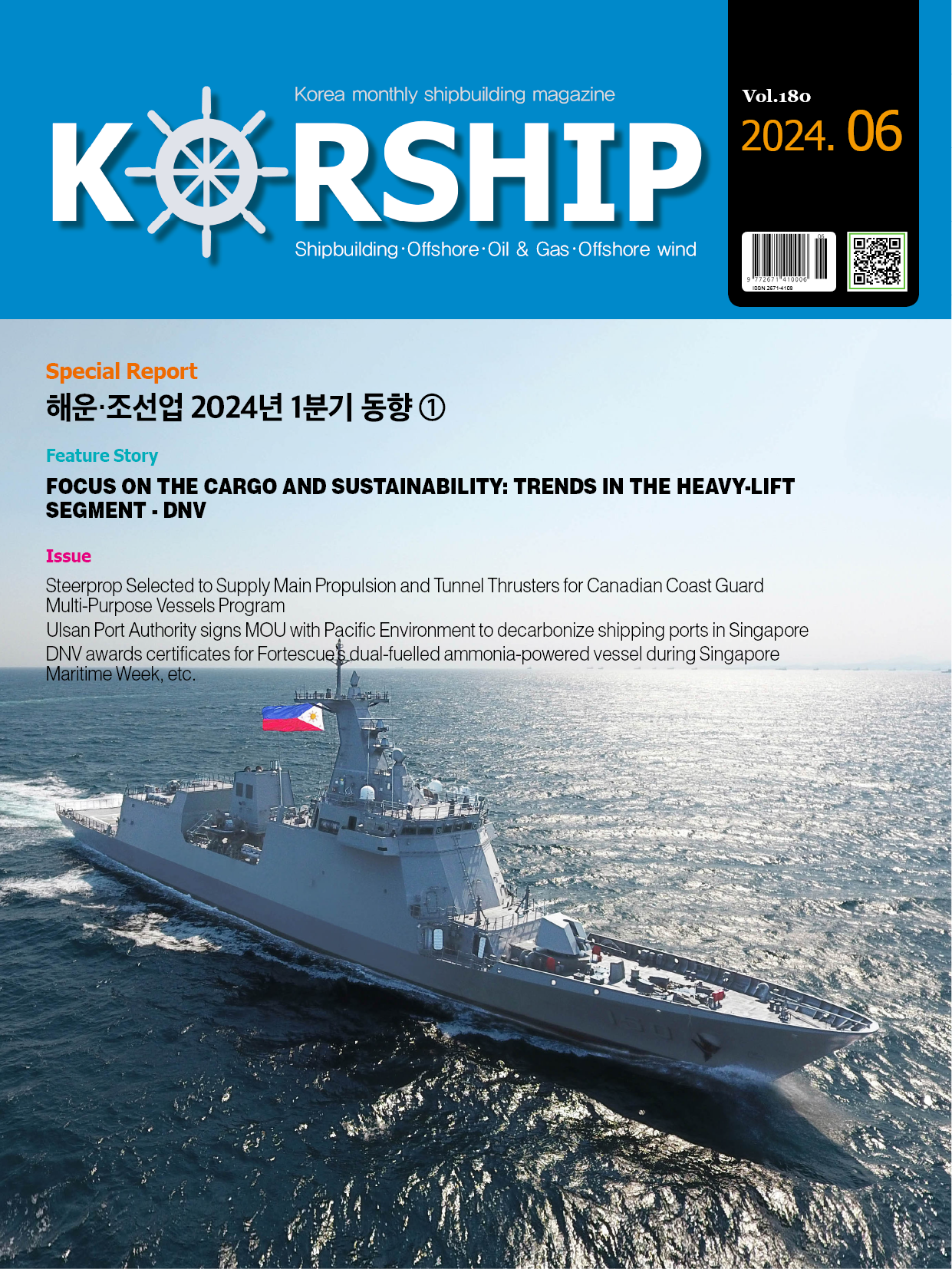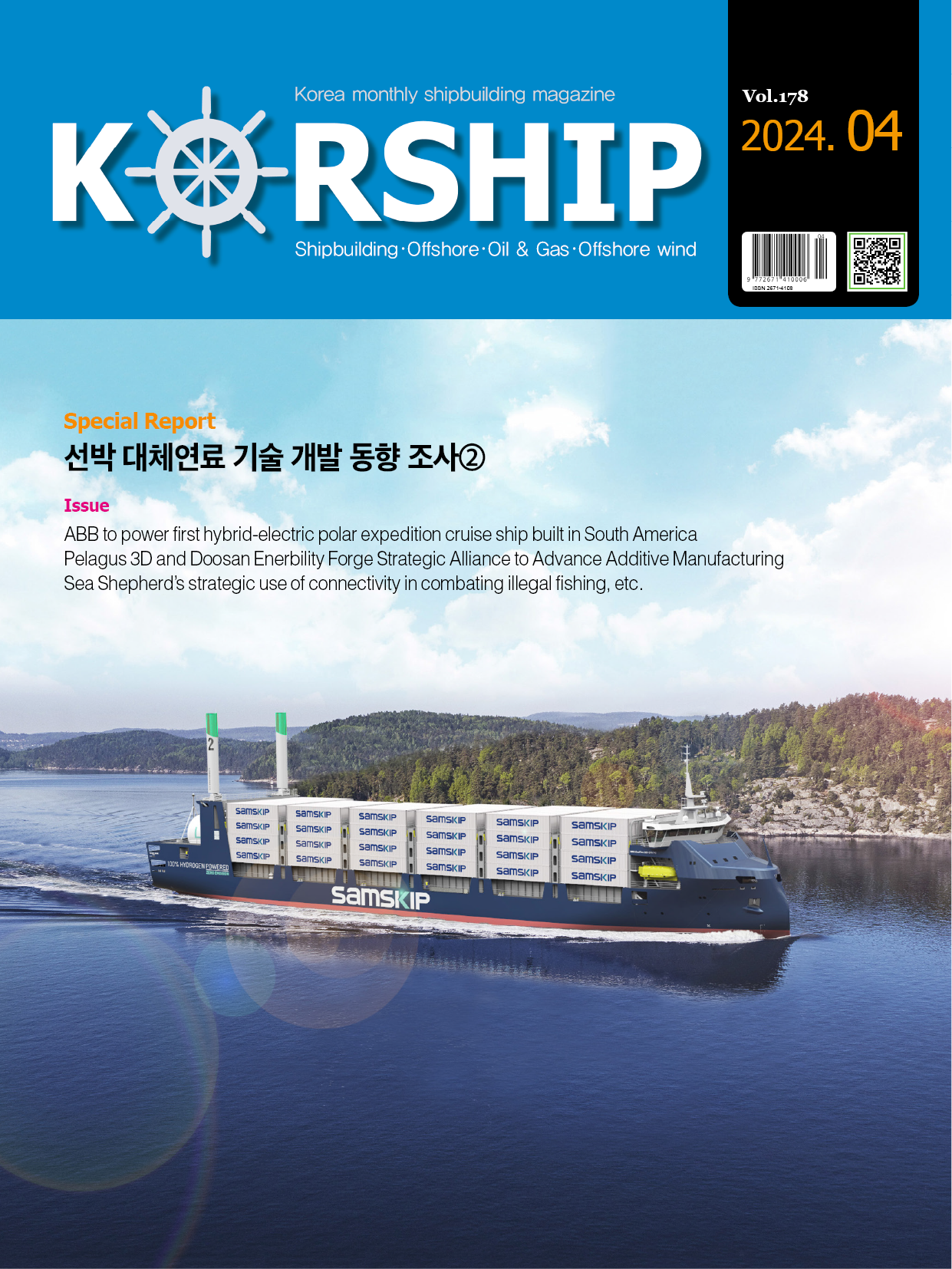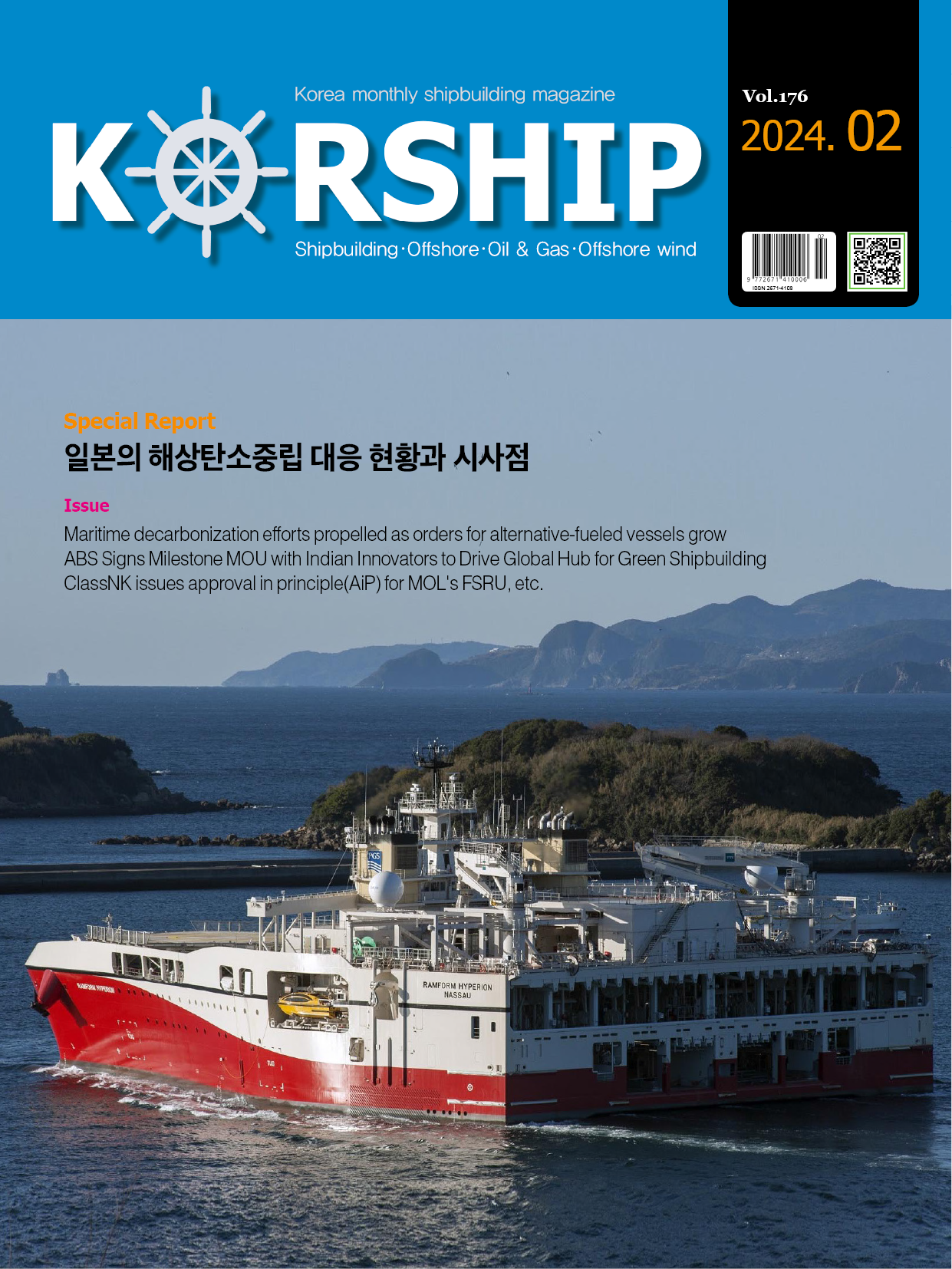Feature Story HMI Systems in regulated environments – the key points
페이지 정보
작성자 최고관리자 댓글 0건 조회 747회 작성일 24-09-19 15:59본문
Be it in the pharmaceutical, cosmetics or food industry: regulated environments pose special requirements for the technology used. R. STAHL's new ORCA HMI range shows that these do not necessarily have to entail higher lifecycle costs. ORCA HMIs also support production staff with a sophisticated authentication concept.
Every pharmacists nightmare is the contamination of production areas with germs or particles during the production of expensive pharmaceutical ingredients. Both types of contamination are the most common problems in pharmaceutical production, especially when located in a cleanroom. Costly production stops aside, what manufacturers fear first and foremost are negative consequences for patients. For example, if patients had been harmed as a consequence of a contaminated Covid vaccine at the start of the vaccination campaign, the consequences for the entire fight against Covid hardly bear thinking about.
Contamination can have many causes: in addition to those of a technical nature, such as faulty ventilation, human error is the most common cause, for example during cleaning and disinfection, or during the defined production processes. Since the main concern is always the safety of the medicine for patients, pharmaceutical production is a strictly regulated environment. Latest since the American health agency FDY published its "cGMP Guide" in 1978 there are strictly regulated and monitored quality standards to which manufacturers of drugs, cosmetics and food have to adhere. Agencies such as the FDA or the European EMA continuously tighten these regulations, and production processes in the pharmaceutical industry are strictly regulated by what are known as "SOPs". These "Standard Operating Procedures" describe in detail the order of actions during the production process. The aim is to organise and monitor (validate) processes in such a way that the processes and products are always in line with current regulations. All quality-relevant processes furthermore have to be fully documented.
This is where automation comes in: not only does it allow processes to be designed without human intervention, but it also supports staff in the production area with individual operating steps and their documentation. Options include logging materials via barcode scanner or only triggering certain production steps once other necessary activities have been carried out and confirmed by the operator.
Operator stations for the best possible support of staff
Operator stations play a key role in industrial production. They can be used to visualise, monitor and control production systems and processes on site. Underlying systems issue step-by-step instructions as a support for the operators, helping them to avoid making mistakes. This makes for very strict requirements for the technology used: keyboard, screen and surfaces in general must be designed such that they are easy to clean and do not attract dust or liquid residues (hygienic design). The materials used must also not react with the cleaning agents or when coming into contact with the product, which is why stainless steel, glass or special plastics are the first choice.
Another difficulty posed by this special environment is that pharmaceutical production frequently involves flammable solvents, and the production process often generates combustible dusts. As part of a risk analysis, which is the basis for the operating permit, operators frequently classify production areas as ATEX Zone 1 or 2, or 21 or 22. Consequently, the electrical equipment used, which includes operator stations, has to be designed and certified accordingly.
In regulated environments, the inner workings of operator stations are also subject to special and extensive requirements. The regulations cover subjects such as secure log-on and cyber security aspects, as well as tamper-proof electronic documentation(Electronic Batch Record, EBR), and are set out in guidelines such as GAMP(Good Automated Manufacturing Practice) and the globally important American collection of guidelines known as 21 CFR part 11(Code of Federal Regulations).
Lifecycle cost can be reduced
Two other aspects have recently started gaining in importance: the need for space and lifecycle cost. Cleanrooms are amongst the most expensive production environments; each cleanroom cubic metre incurs great expense with regard to investment and maintenance. The size of the room and the floor space matter greatly, which is why machines and system components have to take up as little space as possible. In addition, the lifecycle cost of the components is of increasing importance. Lifecycle cost covers the costs arising from an operator station from investment and operation to decommissioning, also including maintenance costs such as replacement of components. Especially in a regulated environment, these can amount to many times that of the original investment, when for example in the case of a fault the entire production comes to a standstill because components have to be ordered and replaced by external specialists.
Highly future-proof investment and sophisticated security functions
With the development of its new ORCA HMI series, R. STAHL has addressed the specific requirements of the pharmaceutical, cosmetics and food industries. For a future-proof investment and low lifecycle cost, R. STAHL has developed a modular concept with a plug-in computer(E Box) and display unit(D Box), enabling operators to replace the computer module themselves independently of the display - for example if future applications require greater processing power. This guarantees a future-proof investment for a minimum of 15 years. Compared to classic operating systems, the modular design saves about half the investment costs during this time. As a further benefit, replacements can be carried out by any member of staff trained in working in hazardous areas. Also, the floor space taken up by the ORCA series devices has been considerably reduced compared to predecessor models, which is not only appreciated by systems and cleanroom operators, but is also of interest to machine suppliers(package units).
In addition to the GMP-compliant enclosure with front cut-out and GMP sealing in hygienic design, the fast and secure logins and electronic signatures via RFID make the ORCA HMIs ideal for operation in regulated environments. The optional RFID reader is directly integrated into the system. This way, R. STAHL has found the solution to a key application issue in pharmaceutical companies: secure and fast user identification and login. In pharmaceutical production, staff often move from room to room and have to log on to each of the operating devices. Logins involving a combination of mail address and a complex password take up a considerable amount of time.
With the new ORCA devices, users can log on via contactless RFID authentication. This ergonomic solution allows staff to easily log onto a workstation without even taking their gloves off, whilst still ensuring a high level of access protection.
The RFID readers are supported by Siemens control systems. For the integration in control systems of other providers, R. STAHL works together with i.p.a.s-systeme, who have developed LogOnPlus, a particularly user-friendly log-on software. This is a modular server-client application that manages log-on control for production applications. Users are, for example, identified with their RFID ID card, authenticated vis-a-vis the company's active directory and then logged on to the target application, e.g. a DCS, by LogOnPlus via an application-specific connector. Further USB interfaces can be used to connect barcode readers for professional material identification and logging.
Thin Clients reduce on-site cyber risks
R. STAHL uses the Thin Client approach to cover further aspects of cyber security: unlike stand-alone on-site computers such as the ones used in Client/Server environments, the actual logic processes and data back-up for Thin Clients run on a centrally administrated server. This means that many IT risks are immaterial for the on-site operator station. The operator's IT specialists can focus on security measures for the server. This aspect is gaining in importance in regulated environments, too.
Conclusion
The new ORCA HMI series operator stations provide comprehensive support to operators and staff in companies with regulated environments. Their modular design helps reduce lifecycle costs. At the same time, hygienic design, authentication concept, compact design and compliance with relevant regulations are key to meeting the ever stricter requirements in the pharmaceutical, cosmetics and food industries - even under ATEX conditions.
■ Contact: R. STAHL www.r-stahl.com

